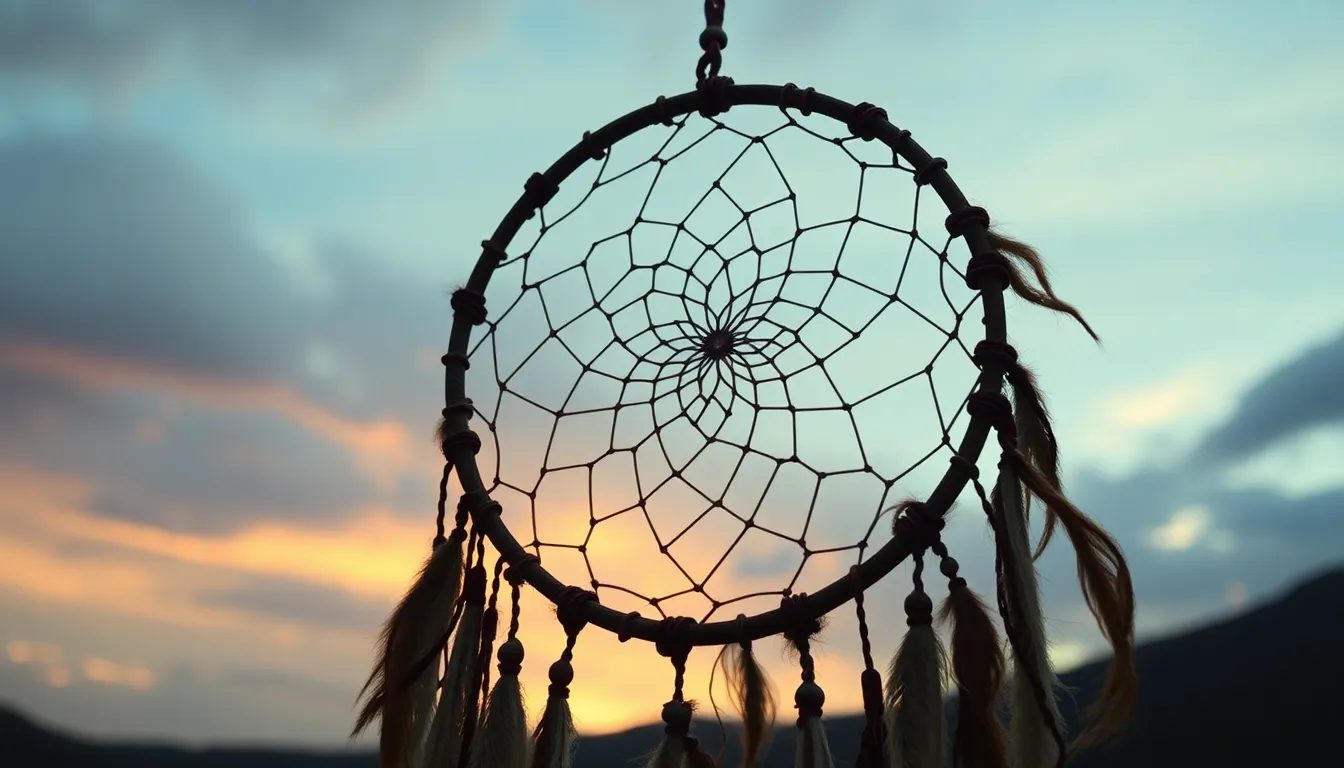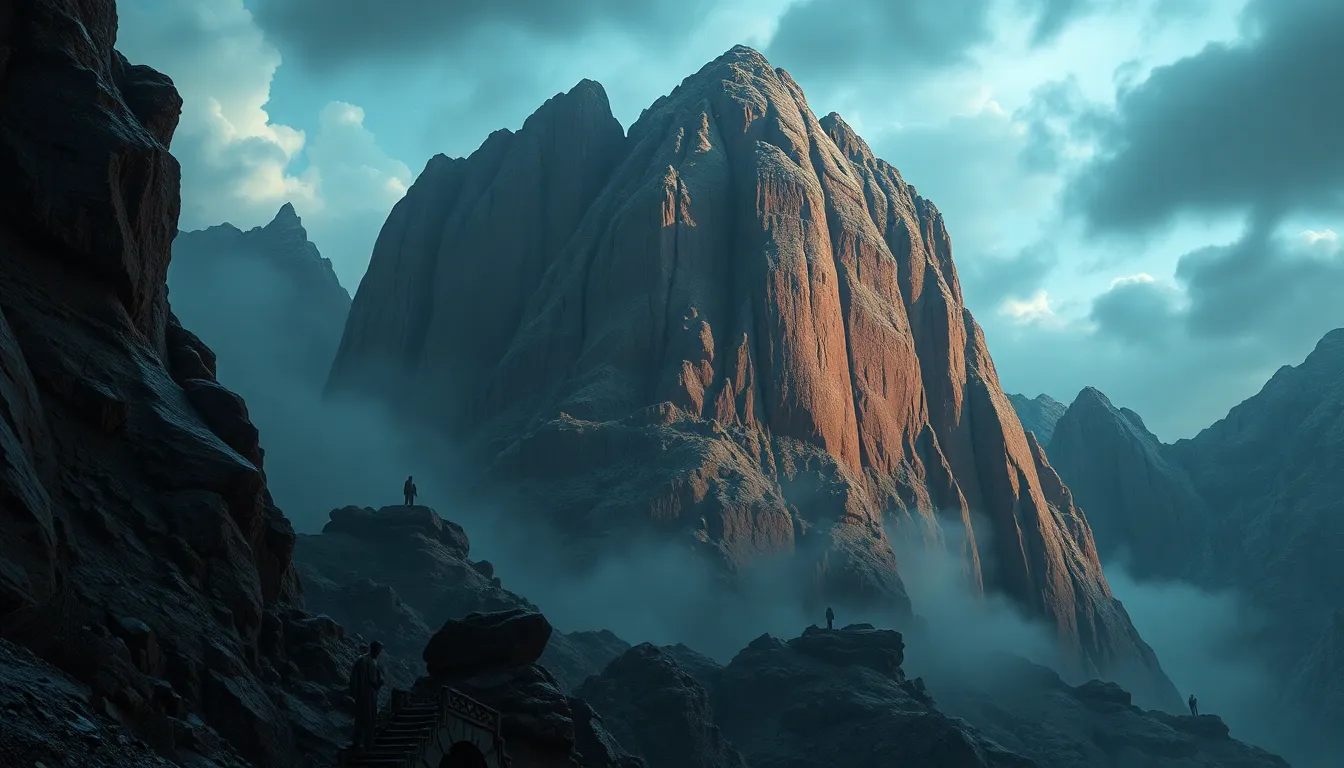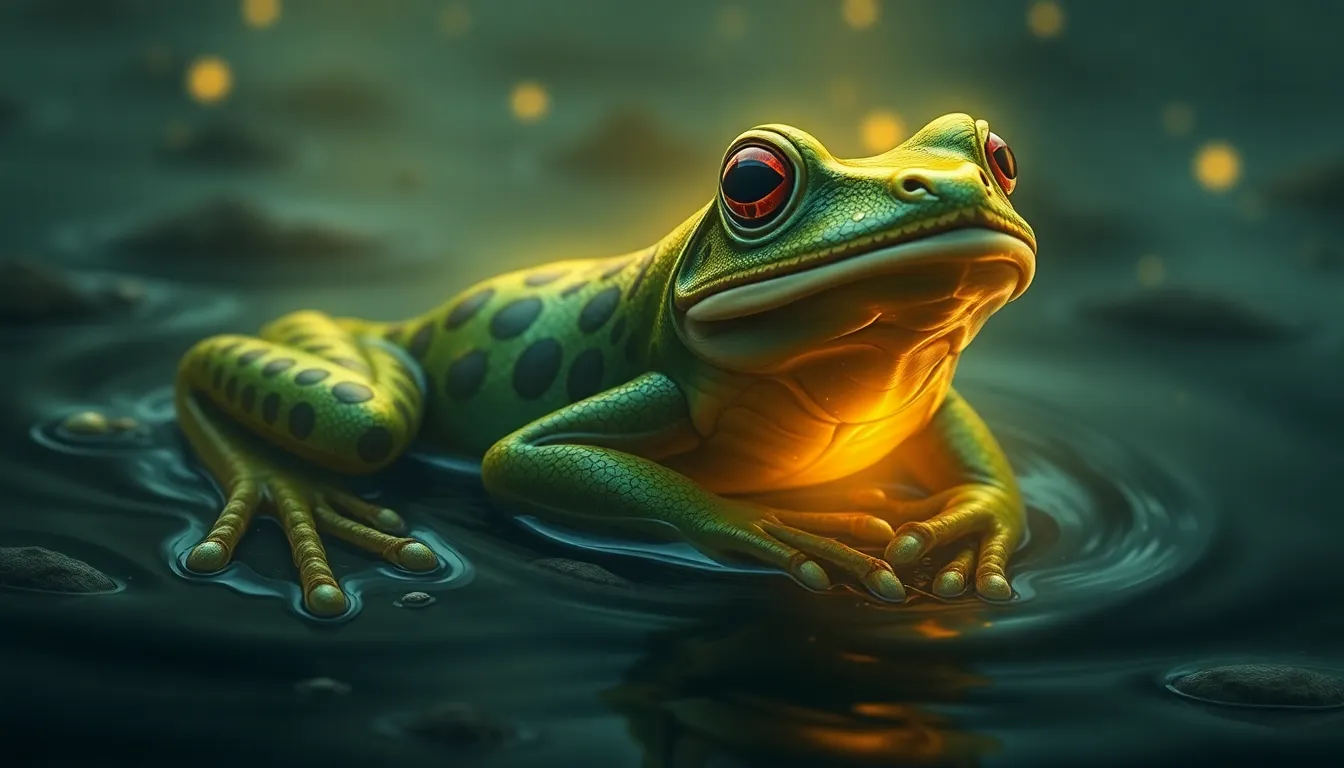The Dreamcatcher: Myths Behind Native American Traditions
I. Introduction
The dreamcatcher is widely recognized as a powerful cultural symbol, often associated with Native American traditions. Its intricate design and vibrant colors have captivated people around the world, leading to its incorporation into various aspects of popular culture. However, the dreamcatcher is more than just a decorative item; it carries deep spiritual significance and a rich history that deserves exploration.
Understanding the origins and significance of the dreamcatcher is essential in appreciating its role within Native American culture. This article aims to explore the myths and truths surrounding dreamcatchers, delving into their historical roots, symbolic meanings, and the impact of commercialization on their authenticity.
II. The Historical Origins of Dreamcatchers
The dreamcatcher traces its roots back to the Ojibwe people, who are among the Indigenous tribes of North America. According to Ojibwe tradition, dreamcatchers were created to protect the sleeping individual from bad dreams while allowing good dreams to pass through.
Over time, the use and meaning of dreamcatchers evolved, spreading to various Native American tribes. While the Ojibwe are credited with their origin, other tribes have adopted and adapted the dreamcatcher, each imbuing it with unique cultural significance.
Traditionally, dreamcatchers were made using natural materials such as willow branches, sinew, and feathers. In contrast, modern interpretations often use synthetic materials and mass-produced designs, leading to questions about authenticity and cultural respect.
III. The Symbolism of the Dreamcatcher
Dreamcatchers are rich in symbolism, with each component representing different aspects of life and spirituality:
- The Web: The web of the dreamcatcher symbolizes protection, filtering out bad dreams while allowing positive dreams to enter.
- The Circle: The circular shape represents the cycle of life, unity, and the interconnectedness of all beings.
- Feathers and Beads: Feathers are often seen as a connection to the spirit world, while beads can represent the good dreams that are caught and descend to the sleeper.
IV. Myths and Misconceptions About Dreamcatchers
Despite their beauty and significance, dreamcatchers are often misunderstood. Here are some common myths:
- Universal Symbol: Many people believe dreamcatchers are a universal symbol of all Native American cultures, which is inaccurate. Each tribe has its own unique symbols and traditions.
- Functionality: Some misconceive dreamcatchers as mere decorative items without any spiritual purpose, overlooking their intended role in protecting dreams.
- Commercialization: The mass production of dreamcatchers has led to a dilution of their cultural meaning, creating concerns about authenticity and respect for Indigenous traditions.
V. The Role of Dreamcatchers in Spiritual Practices
In traditional Native American culture, dreamcatchers play a vital role in spiritual practices:
- Healing: Dreamcatchers are often used in healing rituals, believed to enhance spiritual well-being and protect individuals from negative energy.
- Legends: Various stories and legends surround dreamcatchers, often explaining their origins and purposes, adding depth to their significance.
- Modern Uses: Today, many people incorporate dreamcatchers into their spiritual practices, using them as personal talismans or symbols of intention.
VI. The Cultural Appropriation Debate
The conversation surrounding dreamcatchers often touches on the sensitive topic of cultural appropriation:
- Appreciation vs. Appropriation: Many appreciate dreamcatchers as beautiful artifacts, while others argue that their commercialization and misrepresentation constitute cultural appropriation.
- Native Perspectives: Voices from Native American communities express concern about the commercialization of dreamcatchers, emphasizing the importance of understanding and respecting their cultural heritage.
- Respecting Heritage: It’s crucial for non-Native individuals to educate themselves and engage with Indigenous cultures respectfully, seeking permission and understanding when incorporating such symbols into their lives.
VII. Crafting Dreamcatchers: A Cultural Art Form
The art of crafting dreamcatchers is a cherished tradition within Native American communities:
- Traditional Techniques: Making a dreamcatcher involves intricate weaving techniques passed down through generations, often using materials sourced from nature.
- Symbolic Designs: Different designs and colors carry specific meanings, reflecting personal stories, cultural beliefs, and life experiences.
- Community Workshops: Many communities hold workshops to teach the art of dreamcatcher making, ensuring the preservation of this cultural practice.
VIII. The Modern Reinterpretation of Dreamcatchers
In contemporary culture, dreamcatchers have undergone significant reinterpretation:
- Evolution: The design and use of dreamcatchers have evolved, with modern artists incorporating new materials and styles while maintaining traditional elements.
- Social Media Influence: Platforms like Instagram and Pinterest have popularized dreamcatchers, leading to a global interest in Native American traditions.
- Fusion with Modern Art: Many artists blend traditional dreamcatcher designs with contemporary art forms, creating pieces that resonate with both Indigenous and non-Indigenous audiences.
IX. Dreamcatchers in Popular Culture
Dreamcatchers have made their mark in popular culture:
- Representation: They appear in films, literature, and music, often symbolizing protection and the power of dreams.
- Cultural Perception: Popular culture can influence how dreamcatchers are perceived, sometimes leading to misrepresentation or oversimplification of their significance.
- Respectful vs. Disrespectful Portrayals: While some portrayals honor their cultural significance, others may trivialize them, highlighting the need for mindful representation.
X. Conclusion
In conclusion, understanding the dreamcatcher requires a deep appreciation of its cultural, historical, and spiritual contexts. As a symbol that embodies protection, unity, and the cycle of life, the dreamcatcher invites us to explore its rich traditions. Through education and respectful engagement, we can honor the significance of dreamcatchers and the diverse cultures from which they originate.



